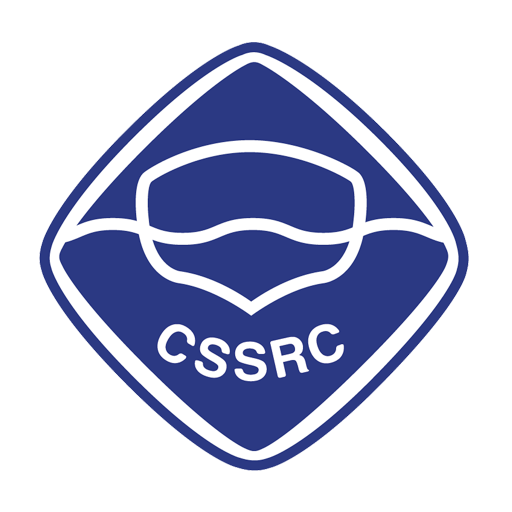CONTENTS
FEATURE ARTICLE
Liutex theoretical system and six core elements of vortex identification
Yi-qian Wang, Yi-sheng Gao, Hongyi Xu, Xiang-rui Dong, Jian-ming Liu, Wen-qian Xu, Meng-long Chen, Chaoqun Liu(197)
REVIEW ARTICLE
Numerical techniques for coupling hydrodynamic problems in ship and ocean engineering
Xiao-song Zhang, Jian-hua Wang, De-cheng Wan(212)
SPECIAL COLUMN ON THE INTERNATIONAL SYMPOSIUM ON HIGH-FIDELITY COMPUTATIONAL METHODS AND APPLICATIONS 2019 (GUEST EDITORS HUI XU, WEI ZHANG)
Deep reinforcement learning in fluid mechanics: A promising method for both active flow control and shape optimization
Jean Rabault, Feng Ren, Wei Zhang, Hui Tang, Hui Xu(234)
Active flow control using machine learning: A brief review
Feng Ren, Hai-bao Hu, Hui Tang(247)
Active flow control with rotating cylinders by an artificial neural network trained by deep reinforcement learning
Hui Xu, Wei Zhang, Jian Deng, Jean Rabault(254)
SPECIAL COLUMN ON THE 3RD SYMPOSIUM ON COMPUTATIONAL MARINE HYDRODYNAMICS (GUEST EDITOR DE-CHENG WAN)
An unstructured mesh method for numerical simulation of violent sloshing flows
Changhong Hu, Mohamed M. Kamra(259)
A sharp-interface immersed smoothed point interpolation method with improved mass conservation for fluid- tructure interaction problems
Bo-qian Yan, Shuangqiang Wang, Gui-yong Zhang, Chen Jiang, Qi-hang Xiao, Zhe Sun(267)
Vortex identification methods in marine hydrodynamics
Wei-wen Zhao, Jian-hua Wang, De-cheng Wan(286)
ARTICLES
ARTICLES Law-of-the-wall analytical formulations for Type-A turbulent boundary layers
Duo Wang, Heng Li, Bo-chao Cao, Hongyi Xu(296)
Mean flow and turbulence structure of open channel flow with suspended vegetation
Qian Li, Yu-hong Zeng, Yu Bai(314)
Detached-eddy simulation of turbulent coherent structures around groynes in a trapezoidal open channel
Jing-xin Zhang, Jian Wang, Xiang Fan, Dongfang Liang(326)
Experimental study of anti-cavitation mechanism of valve lintel natural aeration of high head lock
Xin Wang, Ya-an Hu, Jian-min Zhang(337)
Large eddy simulation of the transient cavitating vortical flow in a jet pump with special emphasis on the unstable limited operation stage
Xin-ping Long, Dan Zuo, Huai-yu Cheng, Bin Ji(345)
Evolution characteristics and quantization of wave period variation for breaking waves
Shu-xiu Liang, Zhao-chen Sun, Yan-ling Chang, Ying Shi(361)
Erosion characteristics and mechanism of the self-resonating cavitating jet impacting aluminum specimens under the confining pressure conditions
Hua-lin Liao, Sheng-li Zhao, Yan-feng Cao, Lei Zhang, Can Yi, Ji-lei Niu, Li-hong Zhu(375)
Experimental study of wave propagation characteristics on a simplified coral reef
Jia-yi Xu, Shu-xue Liu, Jin-xuan Li, Wei Jia(385)
Large eddy simulation of cavitating flows with dynamic adaptive mesh refinement using OpenFOAM
Lin-min Li, Dai-qing Hu, Yu-cheng Liu, Bi-taoWang,Chen Shi, Jun-jie Shi, Chang Xu(398)
LETTER Fin performance of 3-D aerator devices with backward lateral deflectors
Jian-rong Xu, Jian-hua Wu, Yu Peng, Fei Ma(410)
Erratum
(414)

